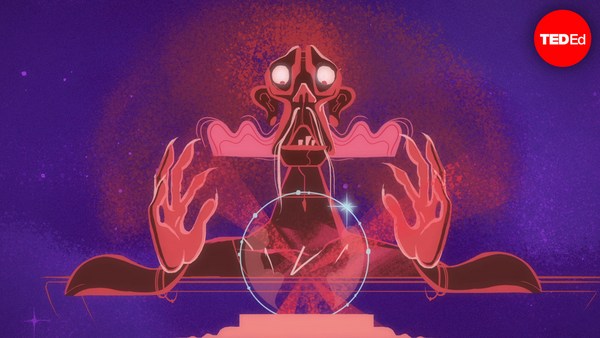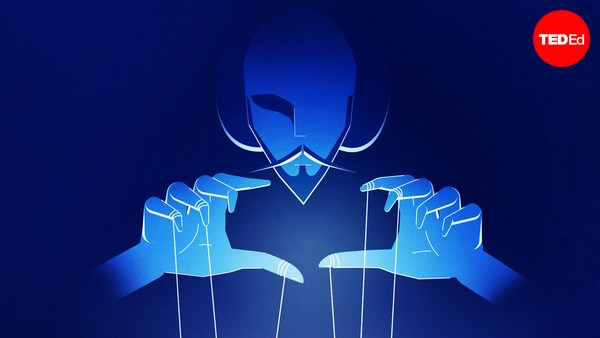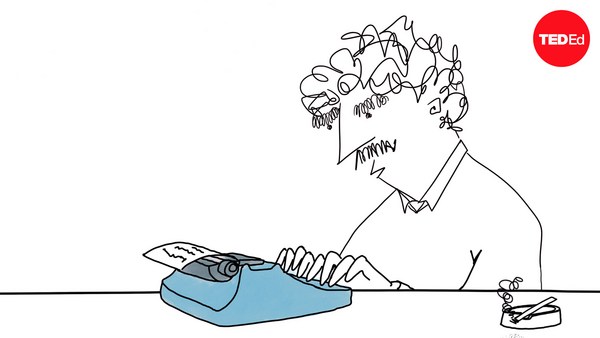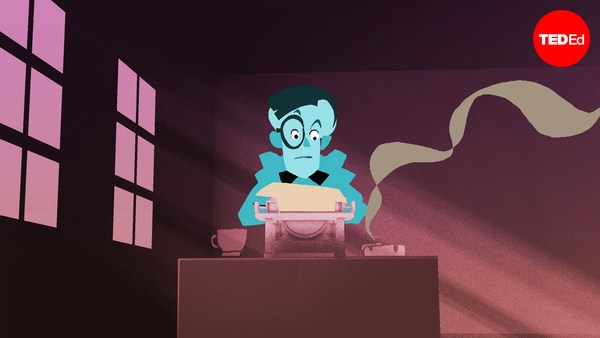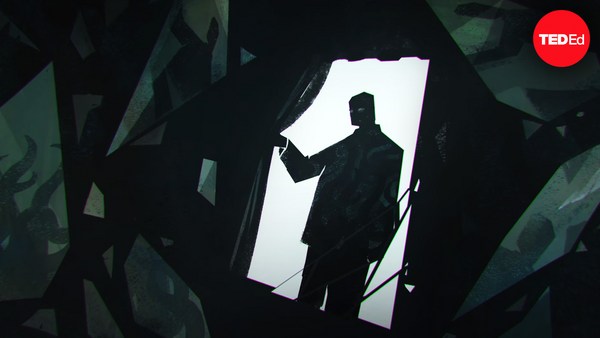A high forehead topped by disheveled black hair, a sickly pallor, and a look of deep intelligence and deeper exhaustion in his dark, sunken eyes. Edgar Allan Poe’s image is not just instantly recognizable – it’s perfectly suited to his reputation. From the prisoner strapped under a descending pendulum blade, to a raven who refuses to leave the narrator’s chamber, Poe’s macabre and innovative stories of gothic horror have left a timeless mark on literature.
But just what is it that makes Edgar Allan Poe one of the greatest American authors? After all, horror was a popular genre of the period, with many practitioners. Yet Poe stood out thanks to his careful attention to form and style. As a literary critic, he identified two cardinal rules for the short story form: it must be short enough to read in one sitting, and every word must contribute to its purpose. By mastering these rules, Poe commands the reader’s attention and rewards them with an intense and singular experience – what Poe called the unity of effect.
Though often frightening, this effect goes far beyond fear. Poe’s stories use violence and horror to explore the paradoxes and mysteries of love, grief, and guilt, while resisting simple interpretations or clear moral messages. And while they often hint at supernatural elements, the true darkness they explore is the human mind and its propensity for self-destruction. In “The Tell-Tale Heart,” a ghastly murder is juxtaposed with the killer’s tender empathy towards the victim – a connection that soon returns to haunt him. The title character of "Ligeia" returns from the dead through the corpse of her husband’s second wife – or at least the opium-addicted narrator thinks she does. And when the protagonist of “William Wilson” violently confronts a man he believes has been following him, he might just be staring at his own image in a mirror. Through his pioneering use of unreliable narrators, Poe turns readers into active participants who must decide when a storyteller might be misinterpreting or even lying about the events they’re relating.
Although he’s best known for his short horror stories, Poe was actually one of the most versatile and experimental writers of the nineteenth century. He invented the detective story as we know it, with “The Murders in the Rue Morgue,” followed by “The Mystery of Marie Roget” and “The Purloined Letter.” All three feature the original armchair detective, C. Auguste Dupin, who uses his genius and unusual powers of observation and deduction to solve crimes that baffle the police. Poe also wrote satires of social and literary trends, and hoaxes that in some cases anticipated science fiction. Those included an account of a balloon voyage to the moon, and a report of a dying patient put into a hypnotic trance so he could speak from the other side. Poe even wrote an adventure novel about a voyage to the South Pole and a treatise on astrophysics, all while he worked as an editor, producing hundreds of pages of book reviews and literary theory.
An appreciation of Poe’s career wouldn’t be complete without his poetry: haunting and hypnotic. His best-known poems are songs of grief, or in his words, “mournful and never-ending remembrance.” “The Raven,” in which the speaker projects his grief onto a bird who merely repeats a single sound, made Poe famous.
But despite his literary success, Poe lived in poverty throughout his career, and his personal life was often as dark as his writing. He was haunted by the loss of his mother and his wife, who both died of tuberculosis at the age of 24. Poe struggled with alcoholism and frequently antagonized other popular writers. Much of his fame came from posthumous – and very loose – adaptations of his work. And yet, if he could’ve known how much pleasure and inspiration his writing would bring to generations of readers and writers alike, perhaps it may have brought a smile to that famously brooding visage.
